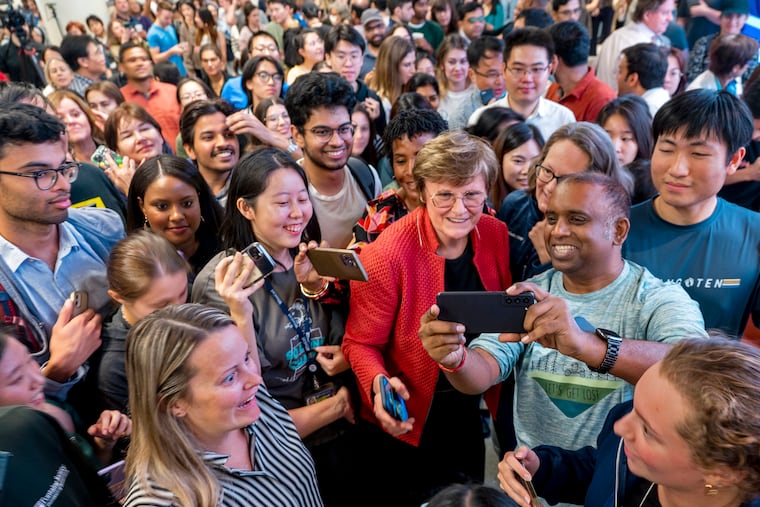A Penn official once told Katalin Karikó she was ‘not of faculty quality.’ Her work there just won a Nobel Prize.
Penn rejected scientist Katalin Karikó for a tenure-track post, telling her that she didn’t measure up. Her work helped pave the way to COVID vaccines.
